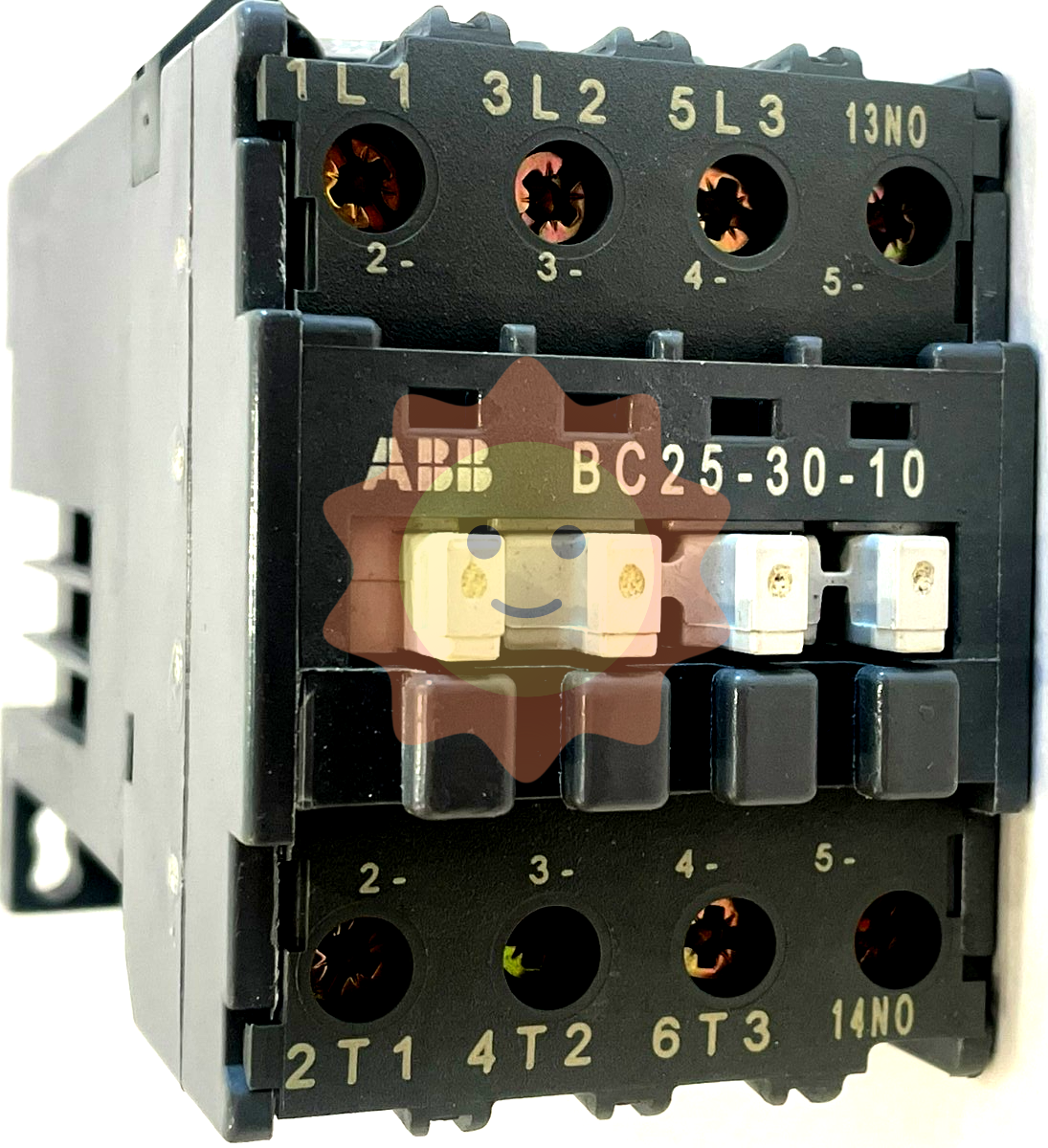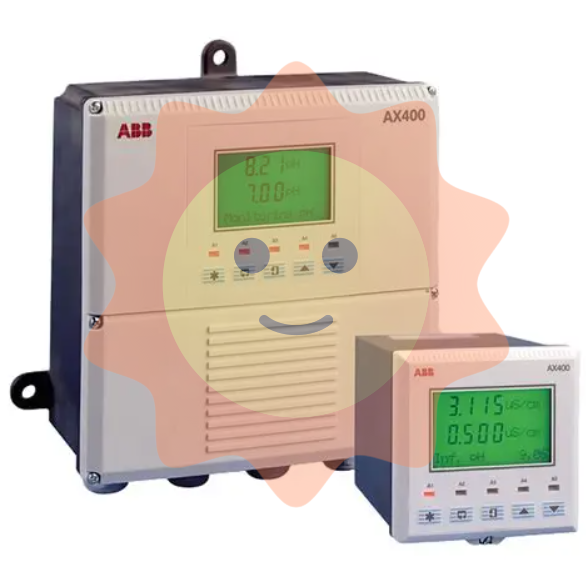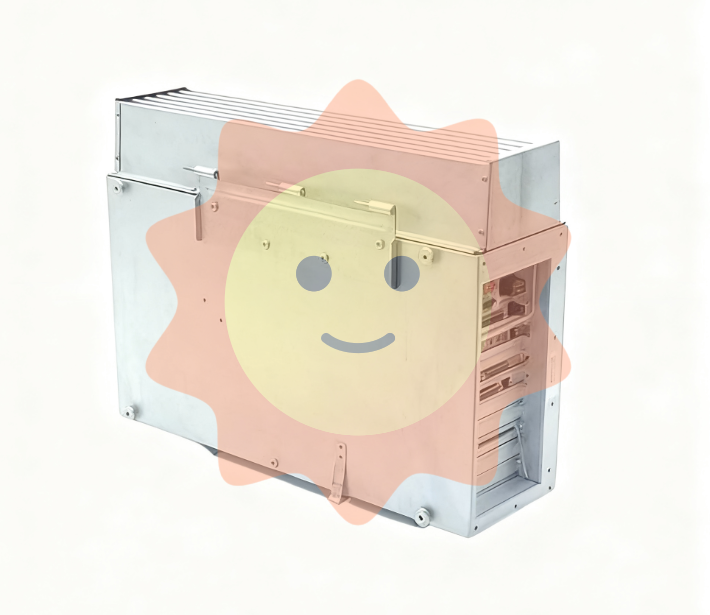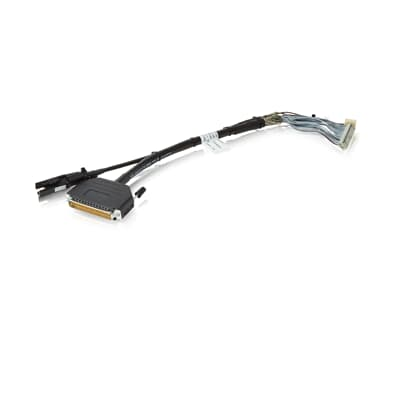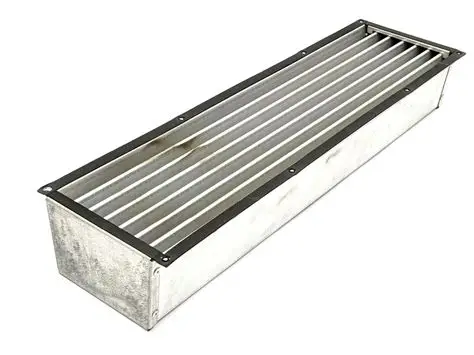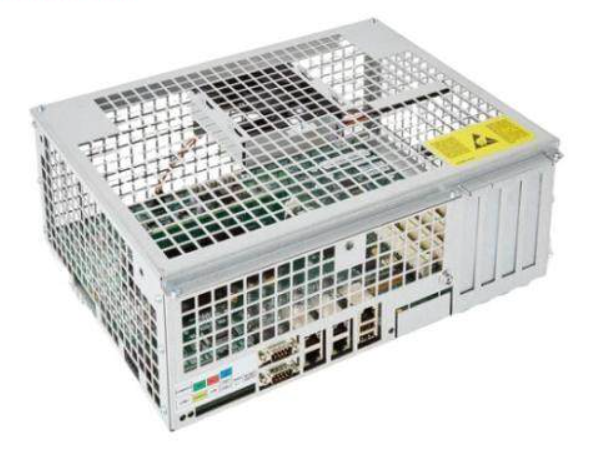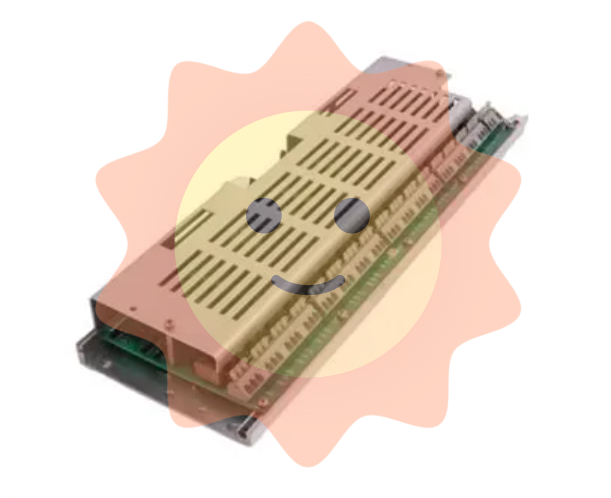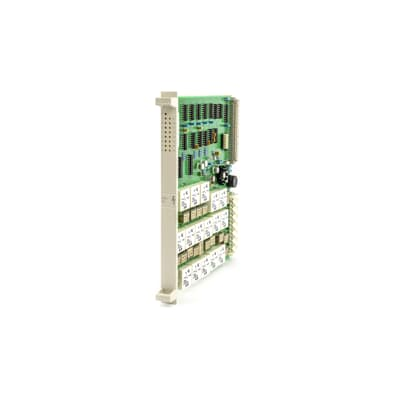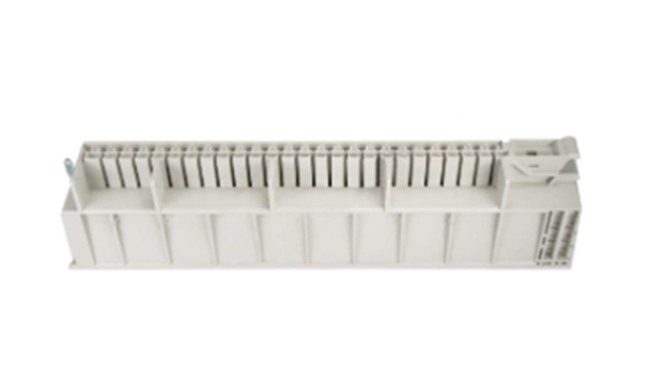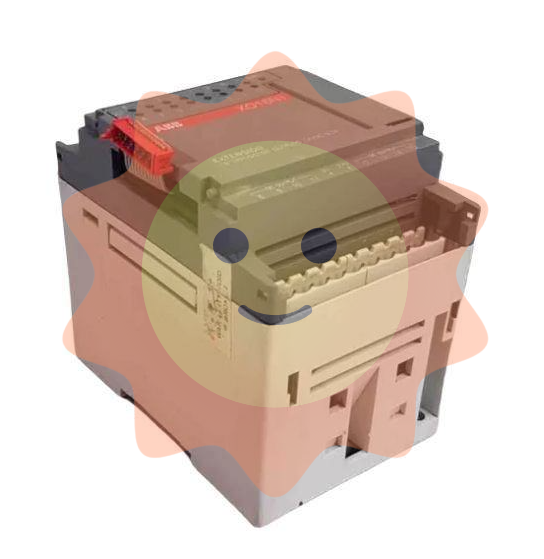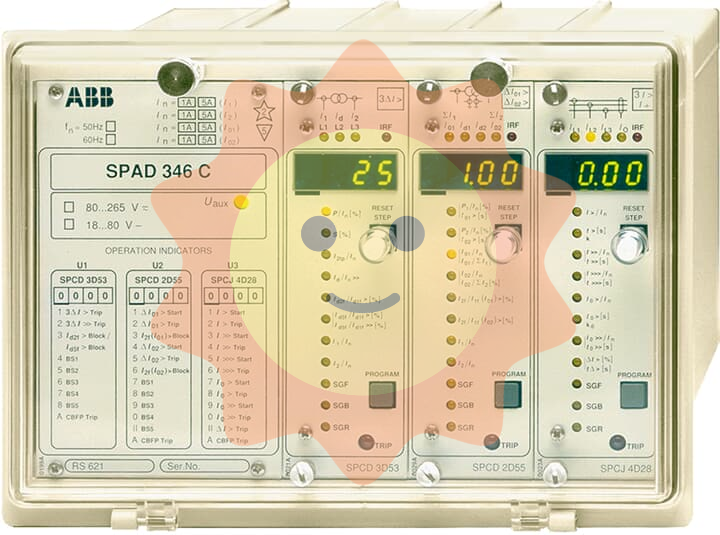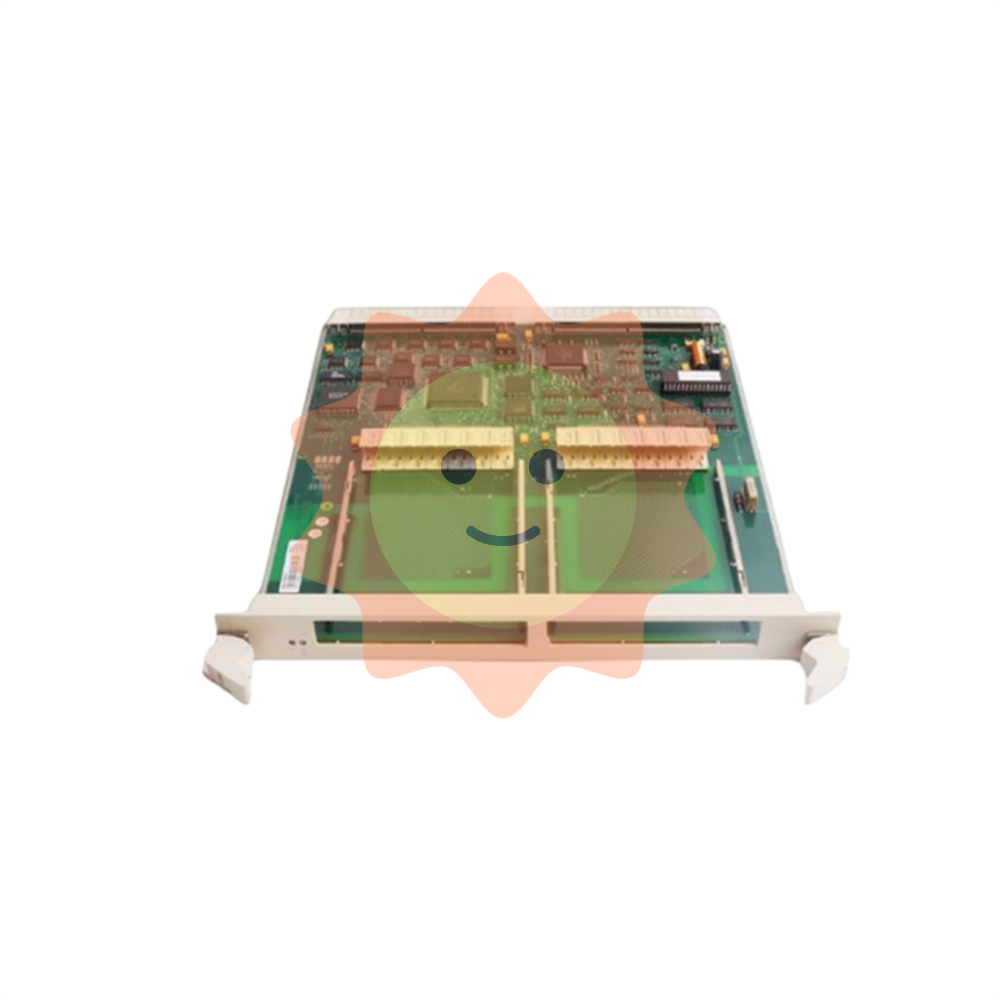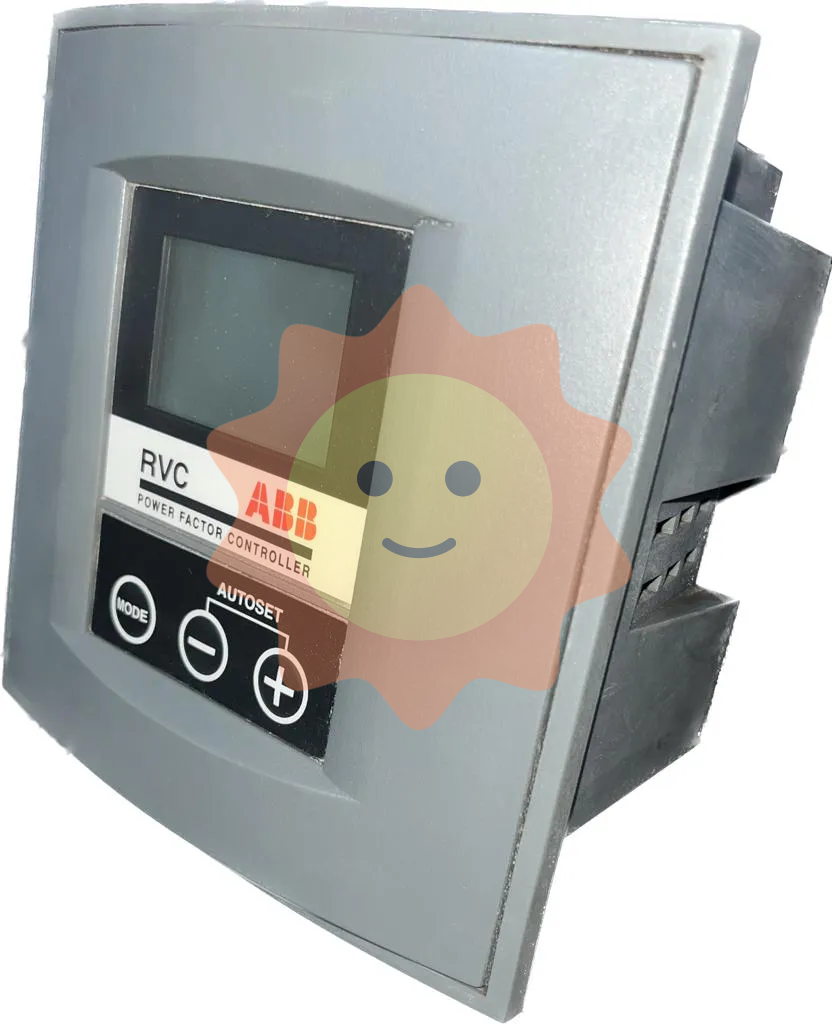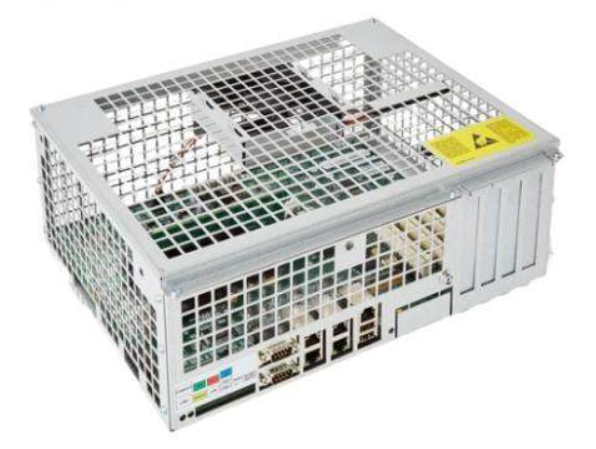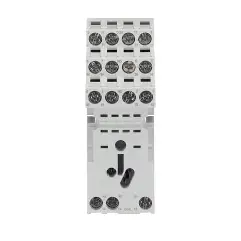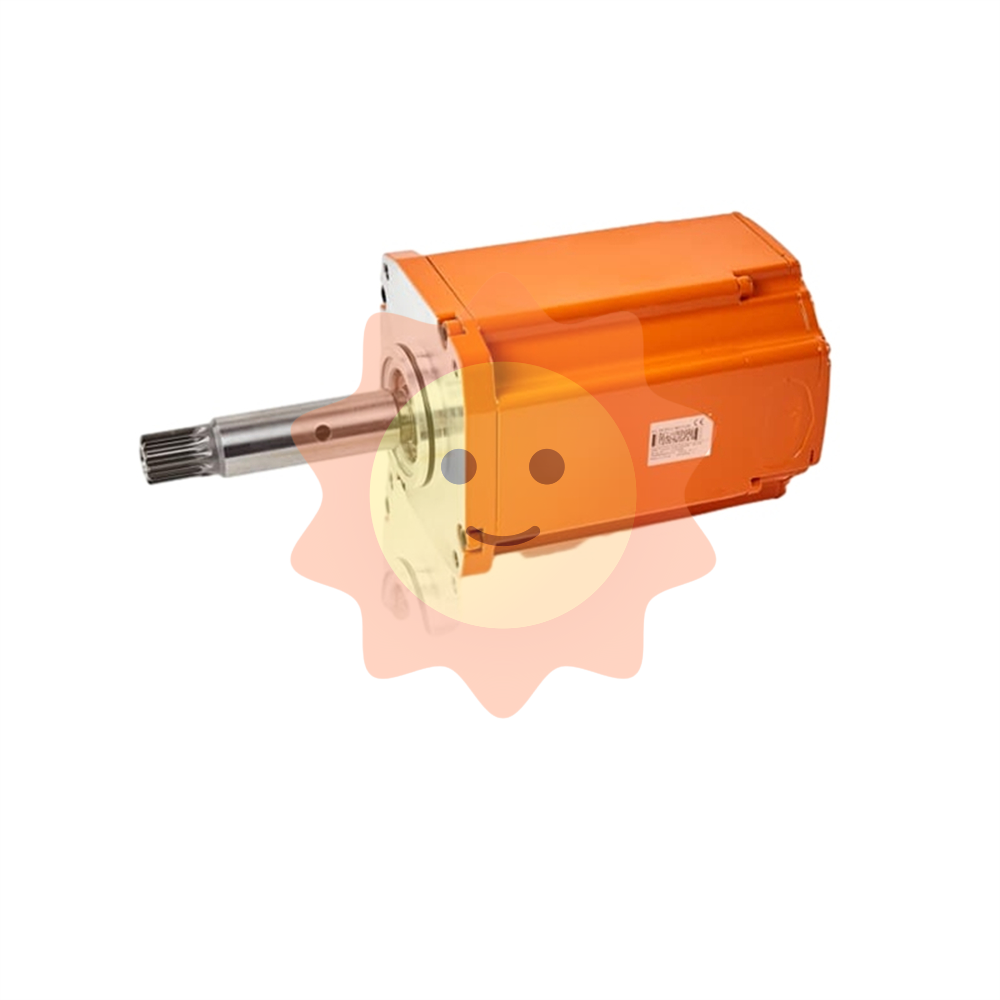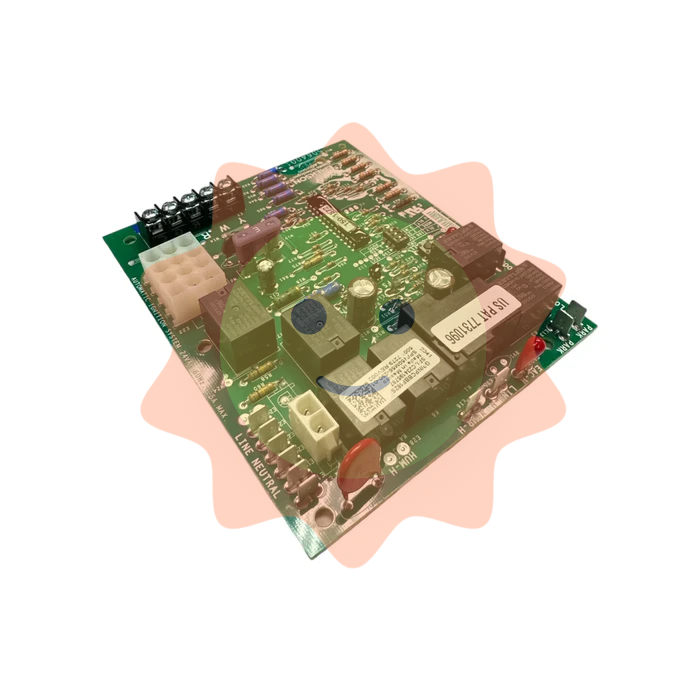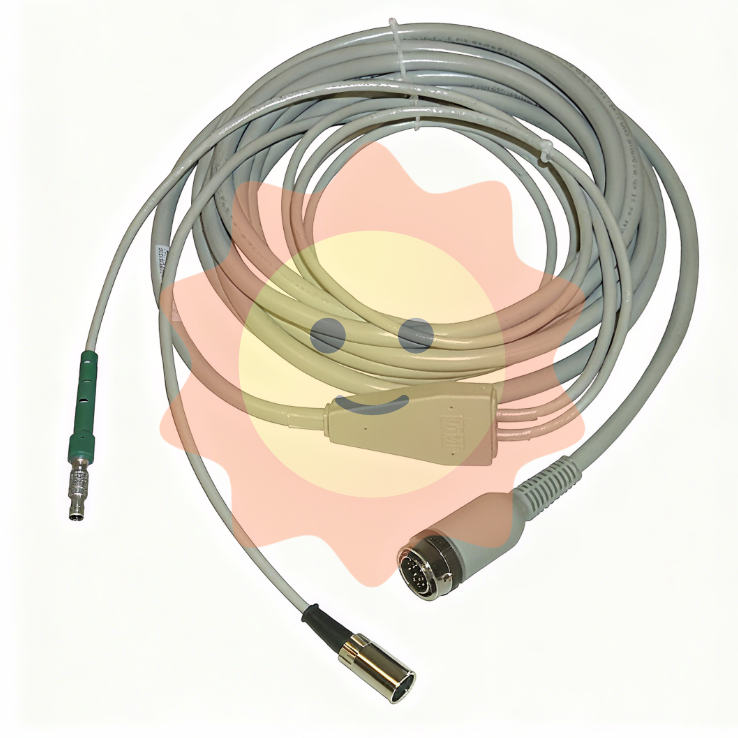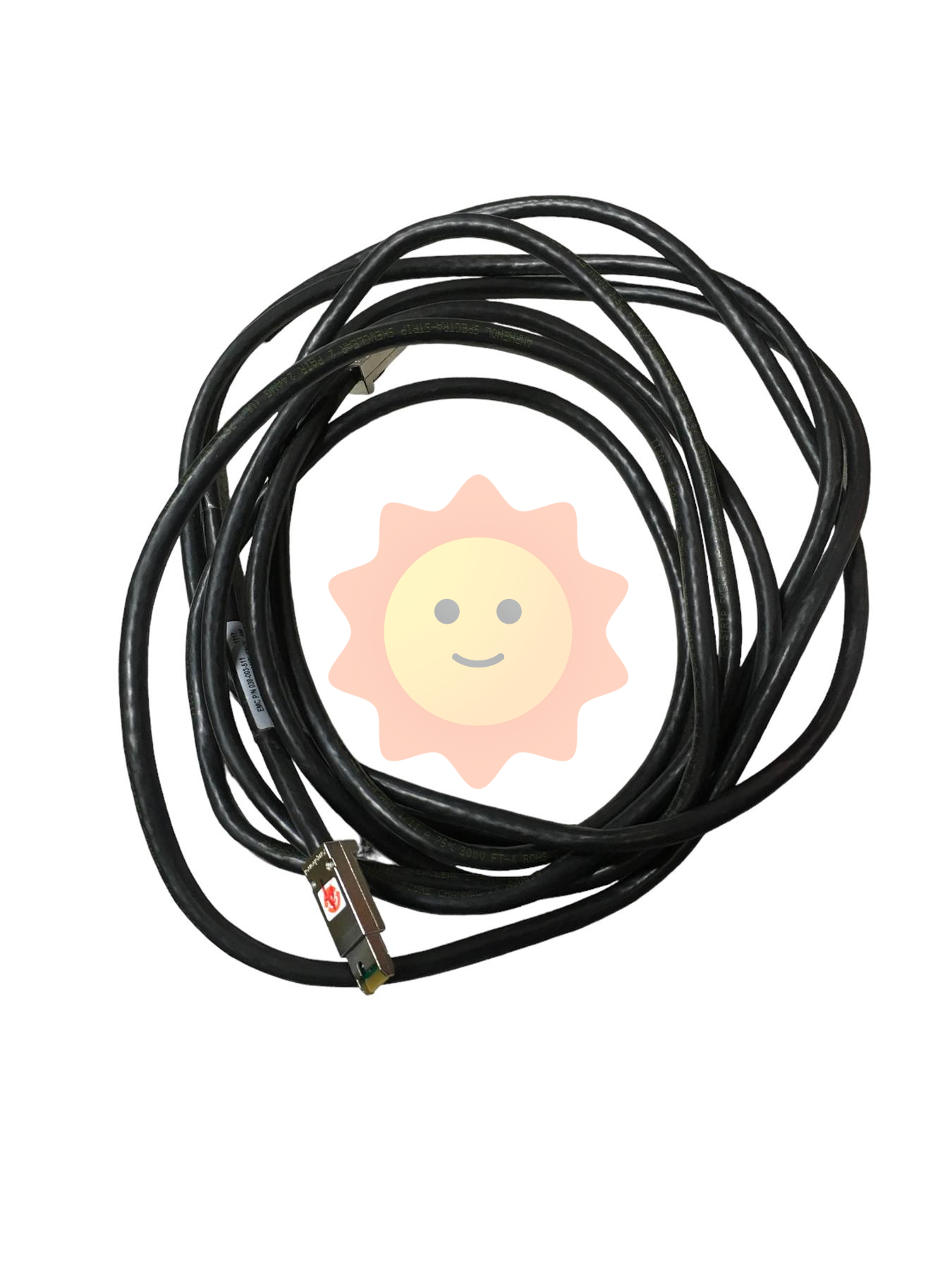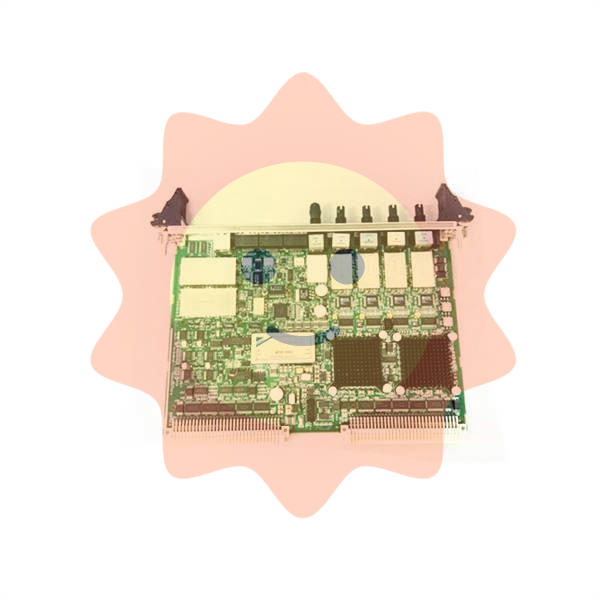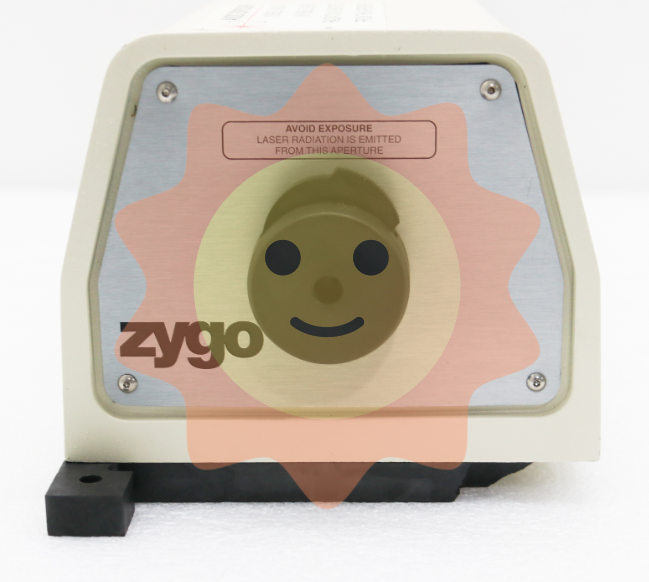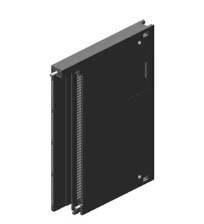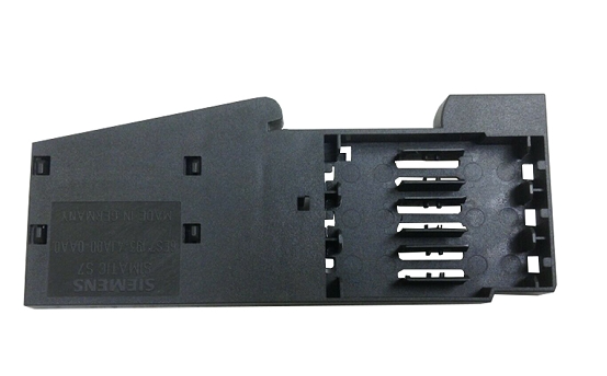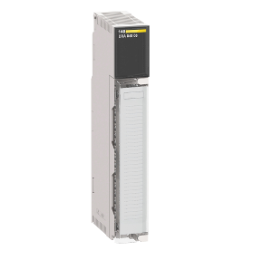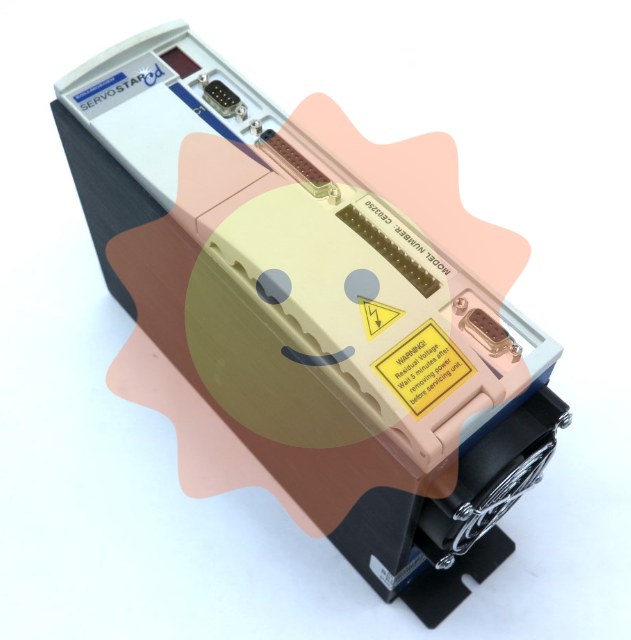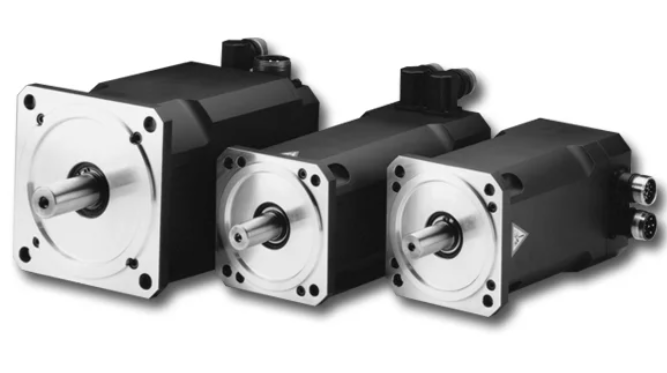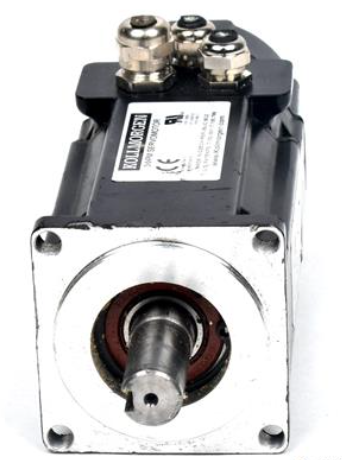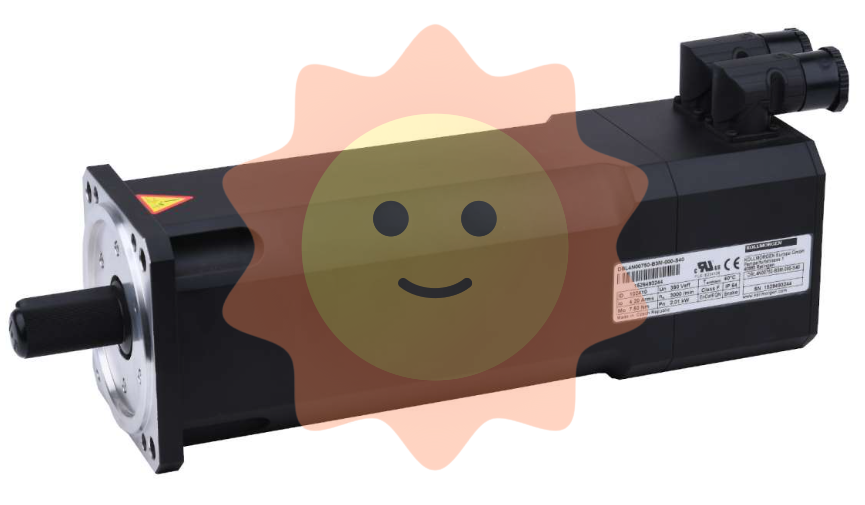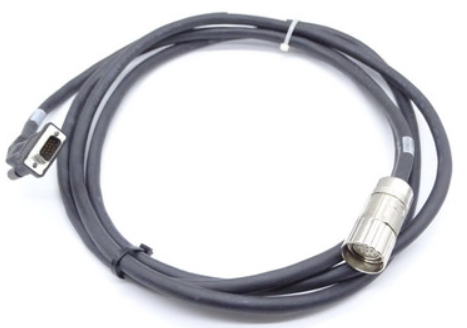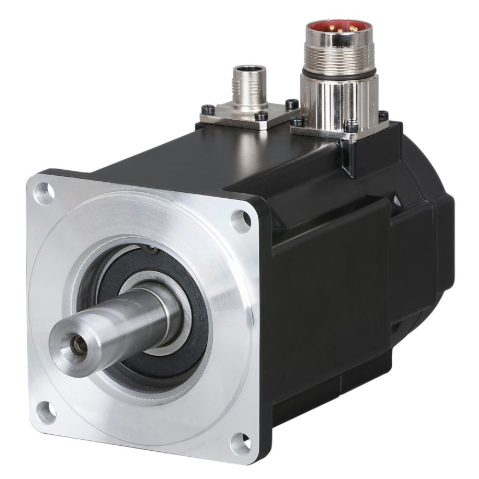Principles and technical contents of mine ecological restoration
(2) The mining chassis terrain of the open stope is relatively wide and slow. If the mining chassis elevation is higher than the local erosion base level, and the stope water can be naturally discharged, such chassis can choose the forest and grass restoration mode. If it is necessary to provide water for the restored plants in the open pit, the reservoir can be designed in the appropriate position of the chassis.
When there is a depressed mining area requiring mechanical drainage in the open stope, and the water in the depressed mining area is basically not permeable, and there is a certain catchment area, and the recharge amount is greater than the evaporation amount, there will be permanent water in the chassis and the area including one or several steps at the lowest part of the stope, that is, the pit surface. The pit here refers to the water storage capacity of less than 10×104m3, and the perennial water level of the shoreline surrounded by water. If the recharge or catchment area of precipitation is small, the evaporation is greater than the recharge amount, and there is a leakage channel in the chassis, the sunken mining area may only have temporary water in the rain period, and the ecological restoration mode in the chassis area is still determined to be woodland or grassland.

3. Ecological restoration model of forest and grassland in industrial square, waste dump, waste rock dump
The office area, living area, beneficiation field, wellhead and other facilities of the mine can be collectively referred to as the industrial square. After the mine is closed, after the construction of the occupied land is dismantled and the wellhead is blocked, in principle, the in-situ type is used as the restoration mode. However, the office and living areas of some mines meet the urban construction planning, the construction standards also meet the relevant requirements, and the construction structures can be retained and the construction land use can be maintained.
The mine road in plain area shows the land damage is occupied. Depending on the need of ecological restoration, the road can be repaired as in situ, or retained as the repaired road or maintenance road. The road in the mountainous area may damage the land by both occupying and excavating, so you can choose the forest restoration mode, or the restoration mode of partial forest land and partial preservation of the road.
In principle, when the mine is closed, the waste stone (residual soil) is required to be "eaten and pressed clean" by backfilling pits, filling underground goaf, and external transportation, and the supporting works of the storage yard are removed, and then the soil of the storage yard is ploughed and covered. In terms of the selection of restoration mode, it is generally appropriate to choose the in-situ type. When the waste rock (topsoil) yard is still retained after the pit is closed, the surface of the yard should be trimmed and then covered with soil under the premise of ensuring the stability of the yard. The restoration mode is generally woodland or grassland.
4. Ecological restoration model of forest and grass in polluted sites such as beneficiation field, pile leaching field and tailings pond
The final waste residue of the pile leaching site and tailings pond all contain toxic and harmful elements. Even after the mine is closed, the waste residue soil and tailings of the pile leaching site or tailings pond are used up, the "subsoil" in the site area (reservoir area) is still polluted. According to the characteristics and pollution degree of the pollutants, As appropriate, measures such as seepage prevention, isolation, deep burial and soil cover (soil exchange) are taken, and the restoration mode is generally selected as forest and grass land.

Among the above polluted land, the tailings pond accounted for the largest area of contaminated land, according to the relevant data in 2005, China's tailings pond stacked pressure accounted for 1,300 ×104 acres of damaged land. The main factors to consider when determining the restoration mode are:
(1) Natural characteristics of the reservoir area: surface characteristics (topography, landform, water system, vegetation), geological characteristics (whether there is leakage of dam foundation and dam abutment, whether there is anti-seepage cushion at the bottom of the reservoir), water accumulation in the reservoir, plant growth characteristics, etc.
(2) Environmental factors: climate, meteorology, distribution of towns and residential areas, environmental conditions of the area before the use of the tailings pond and evaluation of pollution caused by the use of the tailings pond.
(3) Physical and chemical properties of tailings: thickness, packing density, weight, metal composition and content, pH value, salinity, moisture, permeability, organic elements, toxic chemicals that inhibit plant production, etc.
(4) The restoration mode should be determined according to local conditions, and it is not recommended to be used as construction land in principle.
(5) According to the terrain characteristics of the reservoir area, we should adopt the technology of river beach dam restoration, filling gully dam restoration and other technologies.
- EMERSON
- Honeywell
- CTI
- Rolls-Royce
- General Electric
- Woodward
- Yaskawa
- xYCOM
- Motorola
- Siemens
- Rockwell
- ABB
- B&R
- HIMA
- Construction site
- electricity
- Automobile market
- PLC
- DCS
- Motor drivers
- VSD
- Implications
- cement
- CO2
- CEM
- methane
- Artificial intelligence
- Titanic
- Solar energy
- Hydrogen fuel cell
- Hydrogen and fuel cells
- Hydrogen and oxygen fuel cells
- tyre
- Chemical fiber
- dynamo
- corpuscle
- Pulp and paper
- printing
- fossil
- FANUC
- Food and beverage
- Life science
- Sewage treatment
- Personal care
- electricity
- boats
- infrastructure
- Automobile industry
- metallurgy
- Nuclear power generation
- Geothermal power generation
- Water and wastewater
- Infrastructure construction
- Mine hazard
- steel
- papermaking
- Natural gas industry
- Infrastructure construction
- Power and energy
- Rubber and plastic
- Renewable energy
- pharmacy
- mining
- Plastic industry
- Schneider
- Kongsberg
- NI
- Wind energy
- International petroleum
- International new energy network
- gas
- WATLOW
- ProSoft
- SEW
- wind
- ADVANCED
- Reliance
- YOKOGAWA
- TRICONEX
- FOXBORO
- METSO
- MAN
- Advantest
- ADVANCED
- ALSTOM
- Control Wave
- AB
- AMAT
- STUDER
- KONGSBERG
- MOTOROLA
- DANAHER MOTION
- Bently
- Galil
- EATON
- MOLEX
- Triconex
- DEIF
- B&W
- ZYGO
- Aerotech
- DANFOSS
- KOLLMORGEN
- Beijer
- Endress+Hauser
- MOOG
- KB
- Moxa
- Rexroth


Email:wang@kongjiangauto.com

